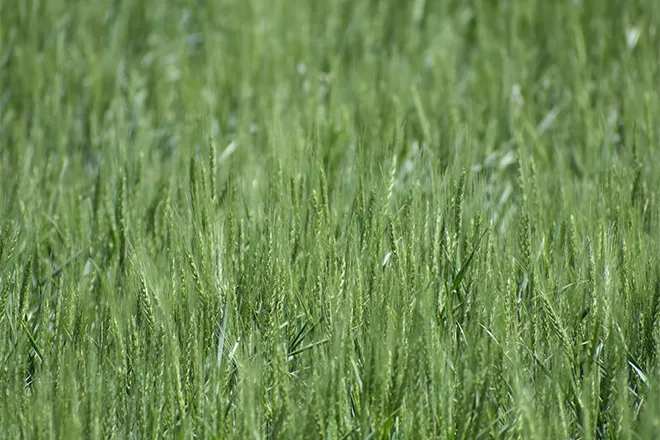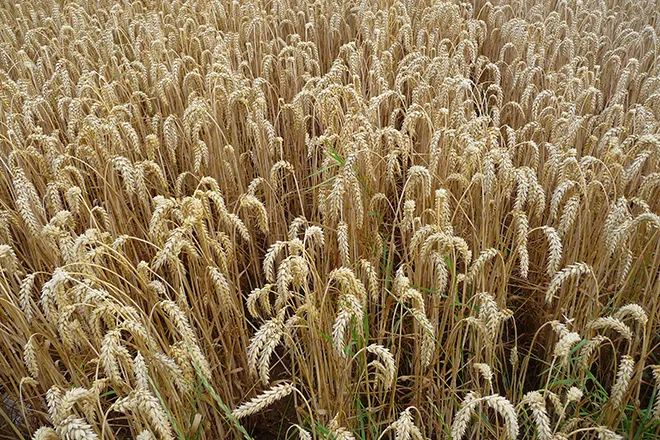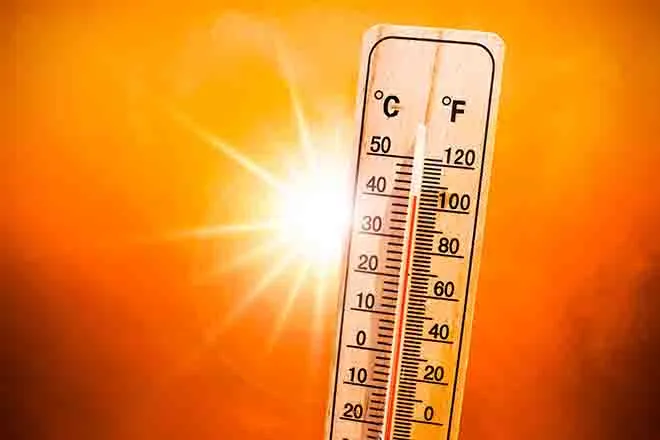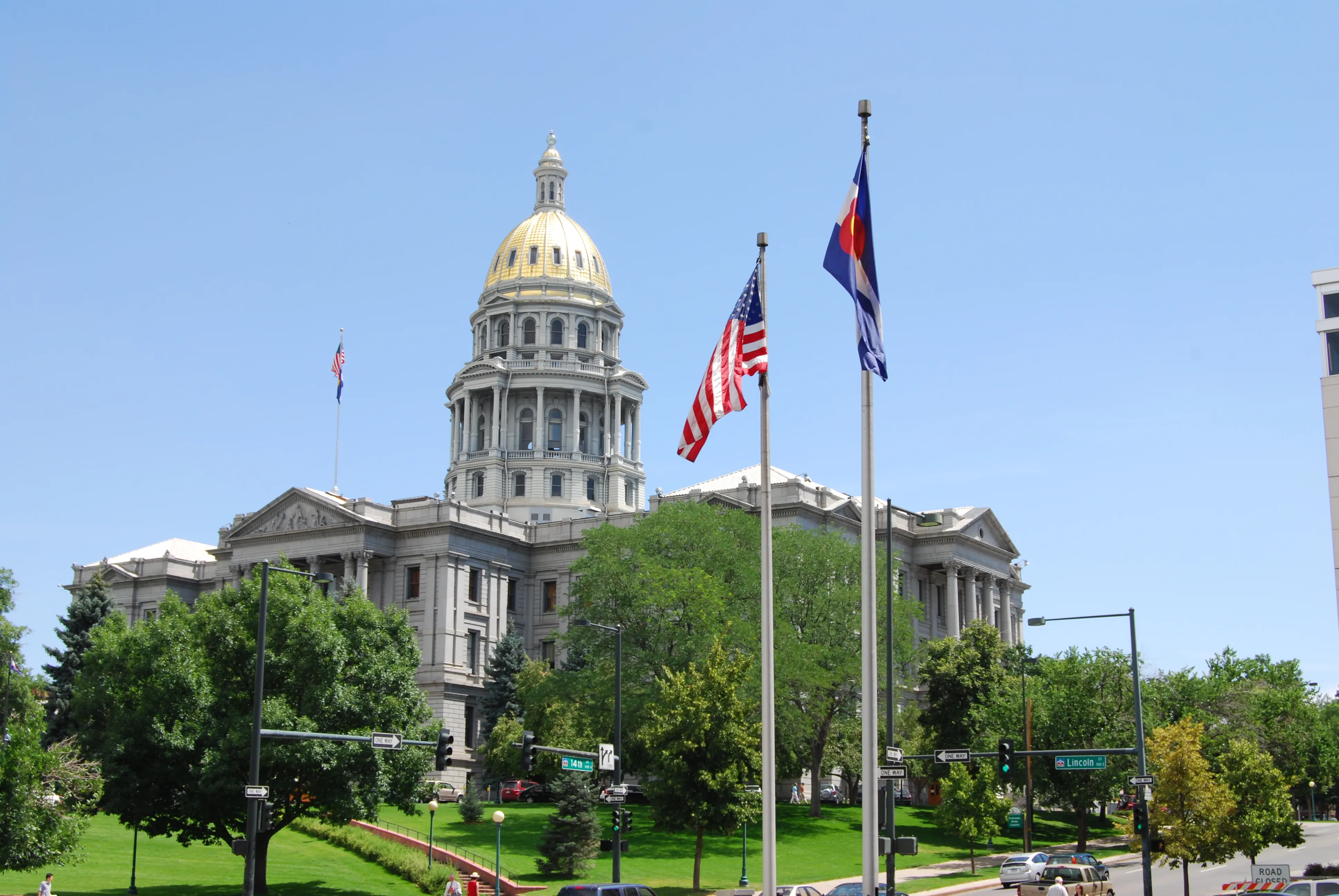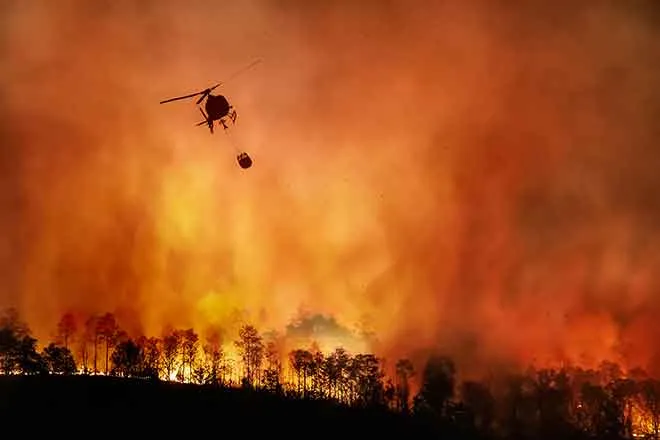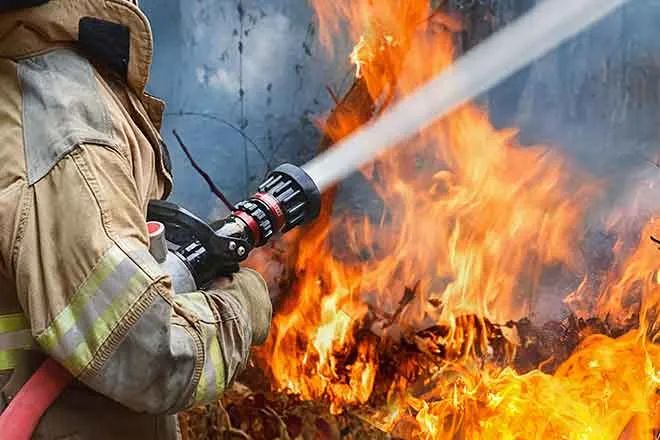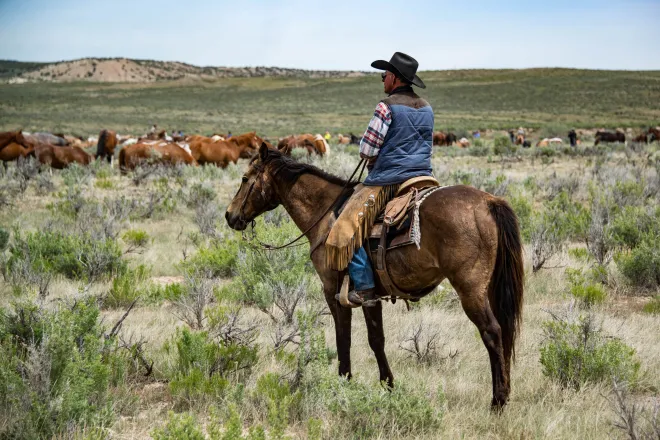
Colorado’s drought conditions show mixed trends in latest report
© KiowaCountyPress.net
Kiowa County Press Staff
(Kiowa County Press)
The National Drought Mitigation Center released its latest assessment Thursday, revealing a nuanced shift in Colorado’s drought conditions as of May 13. While areas under "no drought" expanded, and abnormally dry zones contracted slightly, there were notable increases in the coverage of severe and extreme drought. Most improvements were in the eastern half of the state, while western Colorado – already plagued by drought – saw additional declines.
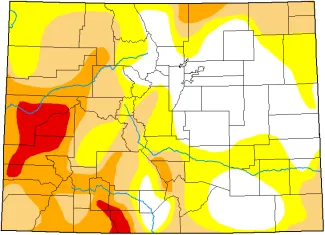
Colorado drought conditions for May 13, 2025 - National Drough Mitigation Center
Below is an analysis of key changes compared to the May 6 report:
Key Changes from Last Week
Expansion of Non-Drought Conditions:
- The percentage of Colorado with no drought ("None") rose from 25.43% to 29.59%, marking an increase of nearly 4 percentage points. Much of the improvement occurred in central Colorado around the Denver metro area, as well as southeast Colorado, centered on Las Animas and Otero counties, where the area had been abnormally.
- Abnormally Dry (D0) decreased from 29.87% to 27.26%, a reduction of about 2.6 percentage points.
- Moderate Drought (D1) dropped, falling from 28.22% to 24.58%, a decline of over 3.6 percentage points. Moderate drought shifted to abnormally dry conditions in Pueblo, Crowley, Lincoln, Kiowa, Bent, and Otero counties. The area of moderate drought in Prowers and Baca counties also decreased.
- Severe Drought (D2) expanded from 12.67% to 14.04%, a rise of approximately 1.3 percentage points. Severe conditions were replaced with moderate drought in Prowers and Baca counties. In western Colorado, severe conditions to cover most of Garfield County, reaching into portions of Routt and Eagle counties. Severe drought also expanded across San Juan, Hinsdale, and Mineral counties, as well as portions of western Saguache County.
- Extreme Drought (D3) also increased slightly, climbing from 3.81% to 4.54% (+0.73 percentage points). Extreme conditions expanded south across Montrose County and into western San Miguel County.
Decline in Abnormally Dry and Moderate Drought Zones:
Increase in Severe and Extreme Drought:
No regions were classified under "Exceptional Drought” (D4) this week, unchanged from the prior report.
Implications for Agriculture and Water Resources
The latest data aligns with historical impact patterns documented by the National Drought Mitigation Center:
- In Severe Drought (D2) zones, farmers may continue reducing planting or selling livestock due to stress on croplands and rangeland. Fire seasons remain extended, and water levels in reservoirs and rivers could persist at low levels.
- The rise in Extreme Drought (D3) areas signals worsening pasture conditions, increased wildfire risk, and potential mandatory water restrictions. Recreational activities like rafting and fishing may also face disruptions as surface water levels decline further.
Nearly 750,000 people are estimated to be living in drought-impacted areas of Colorado.
Drought Statistics for May 13, 2025 | |||||||
Week | Date | None | D0 | D1 | D2 | D3 | D4 |
| Current | 5/13/25 | 30 | 27 | 25 | 14 | 5 | 0 |
| Last Week to Current | 5/6/25 | 25 | 30 | 28 | 13 | 4 | 0 |
| 3 Months Ago to Current | 2/11/25 | 53 | 22 | 17 | 6 | 1 | 0 |
| Start of Calendar Year to Current | 12/31/24 | 75 | 15 | 6 | 3 | 1 | 0 |
| Start of Water Year to Current | 10/1/24 | 48 | 27 | 20 | 5 | 0 | 0 |
| One Year Ago to Current | 5/14/24 | 60 | 31 | 8 | 1 | 0 | 0 |
Editor’s note: Portions of this article have been augmented with the assistance of Large Language Models for analysis, with human review, editing, and original material.

